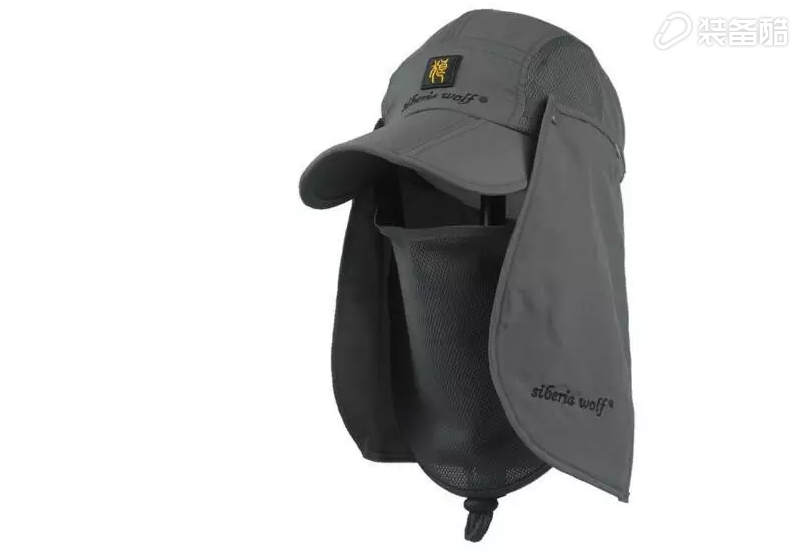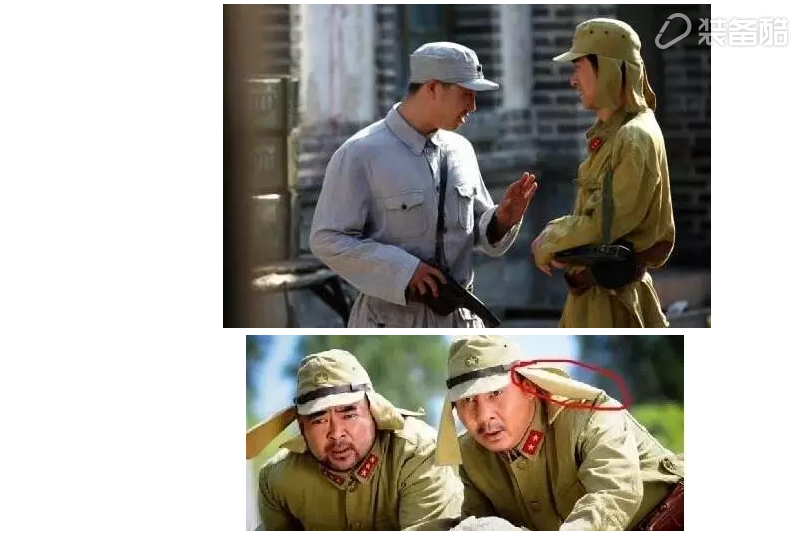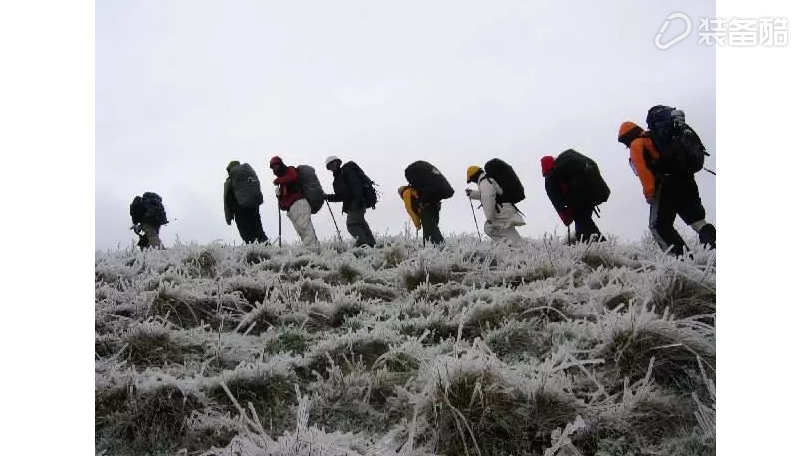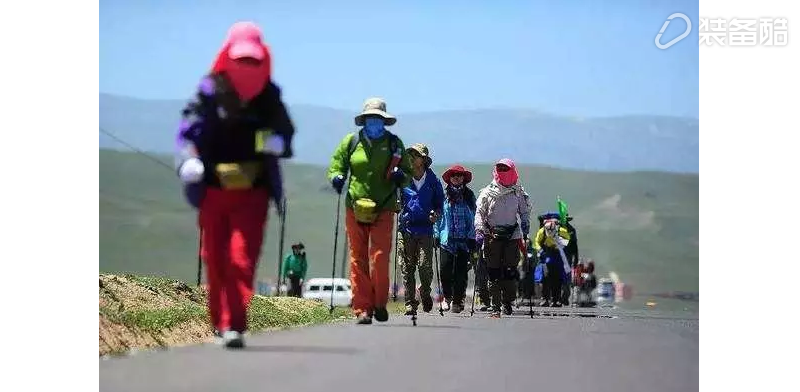Outdoor protective cap knowledge Daquan and buy Raiders
When you first saw this thing Most of the labels given to it in most people's minds are: A pet leash (also called a lead, lead line or tether) is a rope or similar material used to control an animal by attaching it to a collar, harness, or halter. In British English, a leash is generally for a larger (possibly dangerous or aggressive) animal, with lead being more commonly used when walking a dog. Pet Leash,Dog Leash,Retractable Dog Leash,Leather Dog Leash Yangzhou Pet's Products CO.,LTD , https://www.paiqipets.com
This is not a small Japanese hat! ! ! 
The reason why the degree of recognition is so high, the label is so obvious, or it comes from the elegant cloth behind the hat. The name of this stuff is more, give a chestnut: slightly capped cloth, such as curtains, and then known as "fight."
It is not known whether the outdoor full-protection caps borrow Japanese military caps, but they are similar in shape. How did the cloth on the Japanese military cap come from? What's the use? And listen to me slowly: 
Version 1 originated in France As we all know, the modern Japanese army first used the training methods and clothing styles of the French army. This kind of military cap was first used in the French North African Army Corps. The main purpose was to prevent dust and shade. In those places in North Africa, everybody knows that the big dusty sand, the wind blows, and the paste is half a meter away. At the back of the neck, a cloth was added to prevent dust, and it also prevented the soldiers from being burned by the sun's exposure to the sun. Of course, it could also prevent insects and mosquitoes from biting. Japan based on this innovation, changed to two pieces of cloth (also there are versions of several pieces of cloth), not only sunscreen but also ventilation. 
Version 2 Japanese ancient Japanese soldiers had the habit of wearing "clumps" when they were expelled. "Chen Yu," that is, the brawl worn by soldiers during combat, followed by a draper. At the end of the Tokugawa period, the gunners of the Shogunate still kept their cloaks (and of course kept their neck curtains) after adopting French-style uniforms. After the Meiji Restoration, Japan began a combination of traditional culture and the West. In addition to advocating Bushido, a cap with a cap-arch structure was derived. 
Version 3 In modern Japan, as the war moved southward, the Japanese found that the back of the head was vulnerable to mosquito attacks. This was unexpected for the Japanese living in Northeast Asia. To solve this problem, they thought many ways. The final method of draperies is most effective. The cloth strips can be clipped into the collar to prevent mosquitoes from entering the clothing from the collar and prevent the rain from seeping through the collar when it rains.
Of course, there are other arguments to prevent the artillery on the battlefield. When the shells are bombed, there is a lot of air waves. It is easy to have an impact on the eardrum. The cloth strips can play a role in buffering air waves and protecting the ears. effect.
It is hard not to mention an exaggerated version of the patriotism here: It is said that it is used to prevent Chinese swordsmen from cutting their heads. During the Great Wall War, the Japanese exhausted the suffering of the 29th Army Dadao. In particular, General Kylinge led a 500-strong warrior. Everyone armed with a sword attacked a devil's artillery position at night and cut it like a dish. The grand sword marches from the moment it begins to sing throughout the country.
Whether it is from outside or inside, it is said that these two pieces of cloth are considered to be the talisman given to each soldier by the Emperor. The effect is: One is the Eight Immortals and the other is the One Sea. This is the term used by the Japanese military to promote the legitimacy of the "Greater East Asia War," which means "a world under the roof."
We will not talk about wars or other topics here. Although the fabric strips of devil caps look rather shabby, they are good designs. They have also been widely used outdoors. 
Purchase Raiders I. Selection of materials
1. Normal type, as the name implies, is the most common travel cap. It is worn under conditions where the outdoor environment climate is not very bad. It can focus on its aesthetics and decorative features, so that it is not used by the public.
2, waterproof type, this hat is slightly less breathable, but wins in the rain, suitable for more demanding donkey;
3, waterproof and breathable type, is a high-grade, common GORE-TEX material, they are necessary when the donkey line more than 3,000 meters above sea level, like to go to Tibet, Yunnan and other high-altitude attractions, have a GORE- TEX's hat is of course the best choice.
Second, choose the function of different outdoor activities also have different hats, such as jungle activities may need to have anti-branches, insects, jungle hats, fishing can be a large hat along the fisherman's hat, and the general mountaineering is a baseball cap and military cap……
Third, the face factor People's faces are mainly square (national word face), round (round face) and sharp (sharp face) three. Wearing a dome-shaped hat with a round face, it looks like a big face and a small hat. It is more appropriate to wear a large duck tongue. Sharp-faced people with duck tongues appear to be smaller and thinner on the face. Therefore, wearing a cap is more appropriate. People with Chinese characters face are suitable for wearing all the hats.
Fourth, the body height of the person should not be small enough to be small, otherwise give people a feeling of light weight. The short person is the opposite. A person with a tall height should not wear a tall hat, or else it gives the impression that people are taller. Short people should not wear flat top hats, they will look shorter.
Fifth, and clothing with women When considering outdoor caps, we must consider the style and color must be clothes, scarves, gloves and shoes and other supporting. A lady wearing glasses should not wear a hat with a complicated floral ornament on her face. She should not cover her forehead with a hat, and the hat should be taller in order to show her style and temperament.
Sixth, the age factor young people may choose to use the bright color, the style novel outdoor cap, is advantageous to sets off the enthusiasm active character; The middle-aged person should highlight the age characteristic of generous, mature and steady. 



